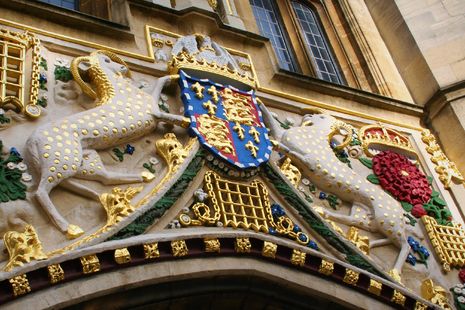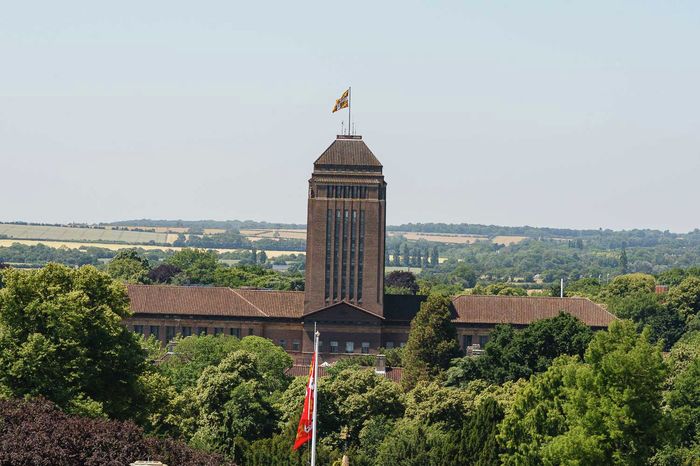Cambridge academic confirms new notes by John Milton
Handwritten annotations by the ‘Paradise Lost’ poet have been found in a book at the University of Texas

Annotations in the margins of a book found in Phoenix, Arizona, have been identified as the handwriting of John Milton.
Milton’s writing was found in a copy of Raphael Holinshed’s Chronicles, a 16th-century text believed to have been a major inspiration for Milton’s masterpiece Paradise Lost.
The notes in The Chronicles are one of three known surviving books to include handwritten reading notes by Milton, and one of nine that survived from his personal library.
Dr Aaron Pratt, curator of early books and manuscripts at the University of Texas, recognised the style of the “e” in written comments, which resembles other handwriting from the Christ’s alumnus.
Photos of the notes were then sent to Professor Jason Scott-Warren of Gonville & Caius College, who was able to use two surviving examples of Milton’s handwriting to confirm the authorship of the annotations.
Scott-Warren also noticed that Milton’s notes included him crossing out a lewd anecdote. It referenced Arlete, mother of William the Conqueror, who refused to let the contemporary monarch, Robert I of Normandy, lift up her dress after he observed her dancing. Milton refers to this as an “unbecom[ing] tale” in his annotations.
Scott-Warren claimed that, although Milton was well-known for being “an enemy of press censorship”, the crossing out demonstrates “he was not immune to prudishness”.
Milton studied at Christ’s College Cambridge for seven years between 1625 and 1632, during which he dubbed with the nickname ‘Lady of Christ’s’ due to his long white hair. He went on to become a poet and civil servant, taking a strong polemical approach throughout his writings. His best-known work is his Epic poem Paradise Lost, published in 1667.
 Features / Should I stay or should I go? Cambridge students and alumni reflect on how their memories stay with them15 December 2025
Features / Should I stay or should I go? Cambridge students and alumni reflect on how their memories stay with them15 December 2025 News / Cambridge study finds students learn better with notes than AI13 December 2025
News / Cambridge study finds students learn better with notes than AI13 December 2025 News / Dons warn PM about Vet School closure16 December 2025
News / Dons warn PM about Vet School closure16 December 2025 News / News In Brief: Michaelmas marriages, monogamous mammals, and messaging manipulation15 December 2025
News / News In Brief: Michaelmas marriages, monogamous mammals, and messaging manipulation15 December 2025 Comment / The magic of an eight-week term15 December 2025
Comment / The magic of an eight-week term15 December 2025









